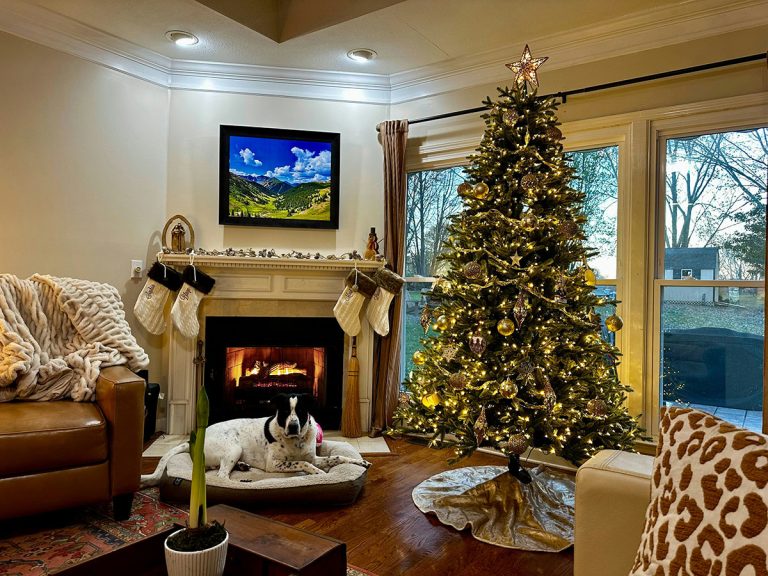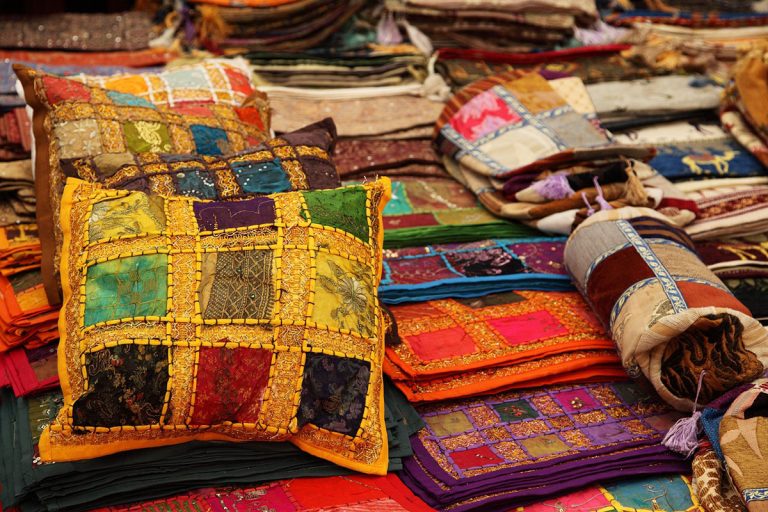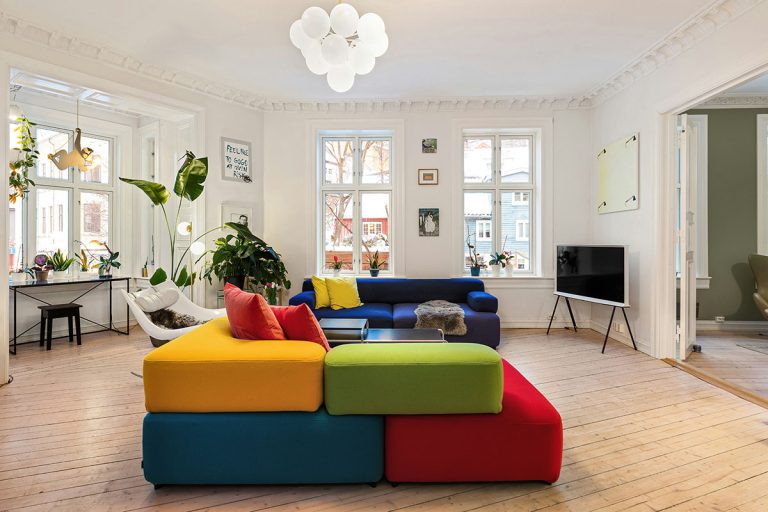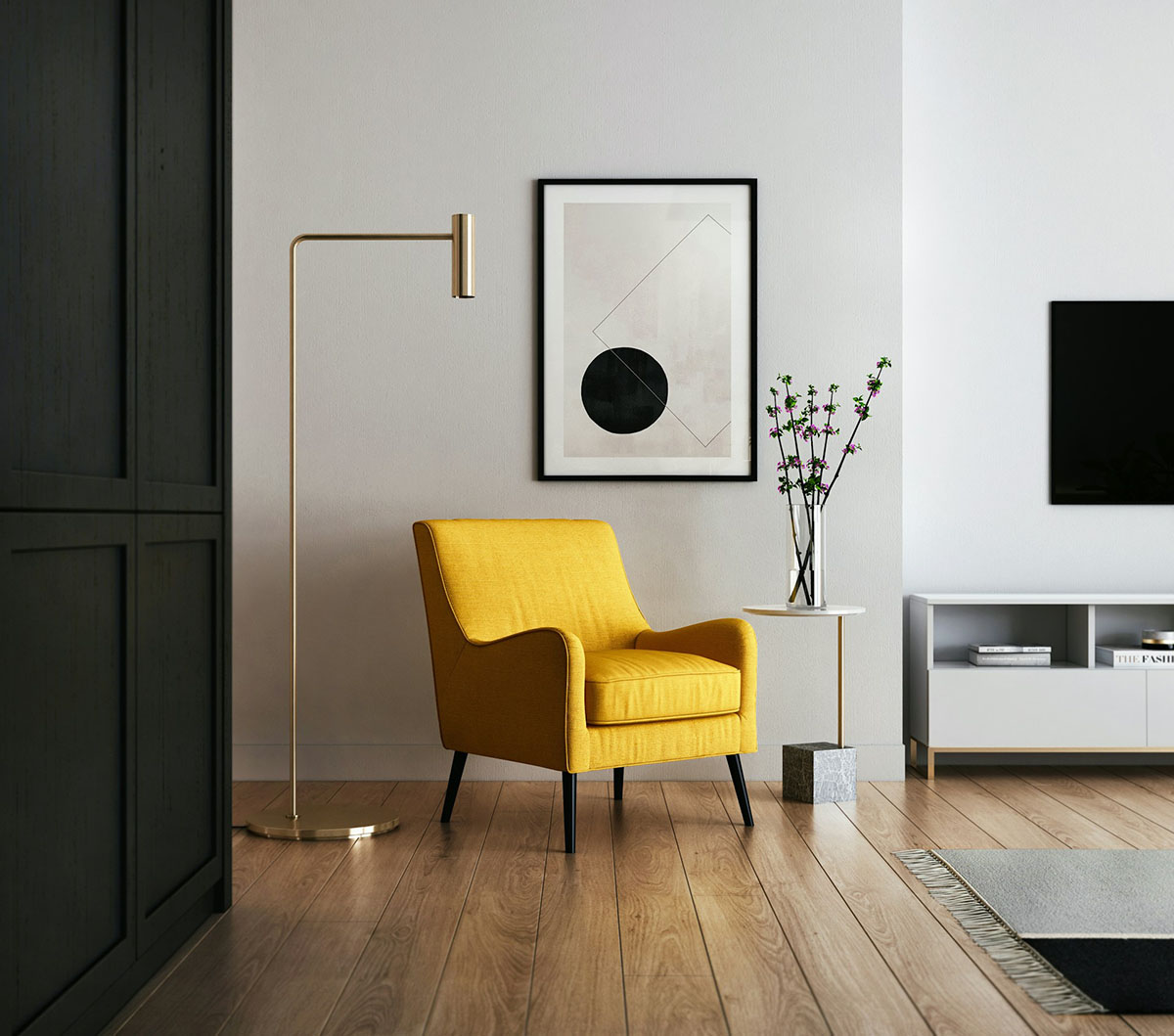
Your wardrobe holds the key to unlocking your ideal home aesthetic. The same design principles that guide your fashion choices – whether you gravitate toward clean lines and neutral palettes or embrace bold patterns and layered textures – provide invaluable insights into creating living spaces that feel authentically you. Understanding whether you’re naturally minimalist or maximalist in your fashion approach reveals crucial information about the home environment where you’ll feel most comfortable and creatively inspired.
Fashion design principles transcend clothing to influence all forms of aesthetic expression, including interior design. The spatial relationships, color harmonies, and proportional balance that create successful fashion collections work identically in residential spaces. By analyzing your personal style preferences through a fashion lens, you can identify your natural aesthetic inclinations and translate them into home environments that support your lifestyle while reflecting your authentic design sensibilities.
Decoding Your Fashion DNA for Home Insights
Analyzing Your Wardrobe Architecture
Examine your favorite outfits through the lens of architectural elements – do you prefer clean, structured silhouettes with minimal embellishment, or do you gravitate toward layered, textural combinations with multiple visual elements? Your clothing preferences reveal fundamental aesthetic values that translate directly into furniture selection and spatial arrangement principles.
Minimalist fashion lovers typically favor pieces with clean lines, perfect proportions, and subtle details that create impact through quality rather than quantity. These same individuals often feel most comfortable in homes featuring uncluttered spaces, high-quality furnishings, and carefully curated accessories that serve both functional and aesthetic purposes.
Color Palette Personality Assessment
Your fashion color preferences provide immediate insights into your ideal home palette. Those who consistently choose monochromatic outfits or neutral color stories typically feel most at ease in homes featuring sophisticated neutral palettes with carefully planned accent colors that create visual interest without overwhelming the senses.
Conversely, individuals who embrace vibrant color combinations, pattern mixing, and bold contrasts in their wardrobes often thrive in maximalist home environments where multiple colors, patterns, and textures create dynamic, energizing spaces that stimulate creativity and support expressive personalities.
Texture and Pattern Inclinations
Fashion choices reveal deep-seated preferences for visual and tactile experiences that extend into home environments. Those who prefer smooth, refined fabrics like silk, cashmere, and high-quality cotton typically appreciate home textiles featuring similar qualities – luxurious but understated materials that provide comfort through quality rather than obvious visual impact.
Pattern enthusiasts who successfully mix stripes with florals or geometric prints with abstract designs possess natural skills for creating maximalist interiors where multiple patterns, textures, and visual elements work harmoniously together through shared color stories or proportional relationships.
The Minimalist Home Through Fashion Eyes
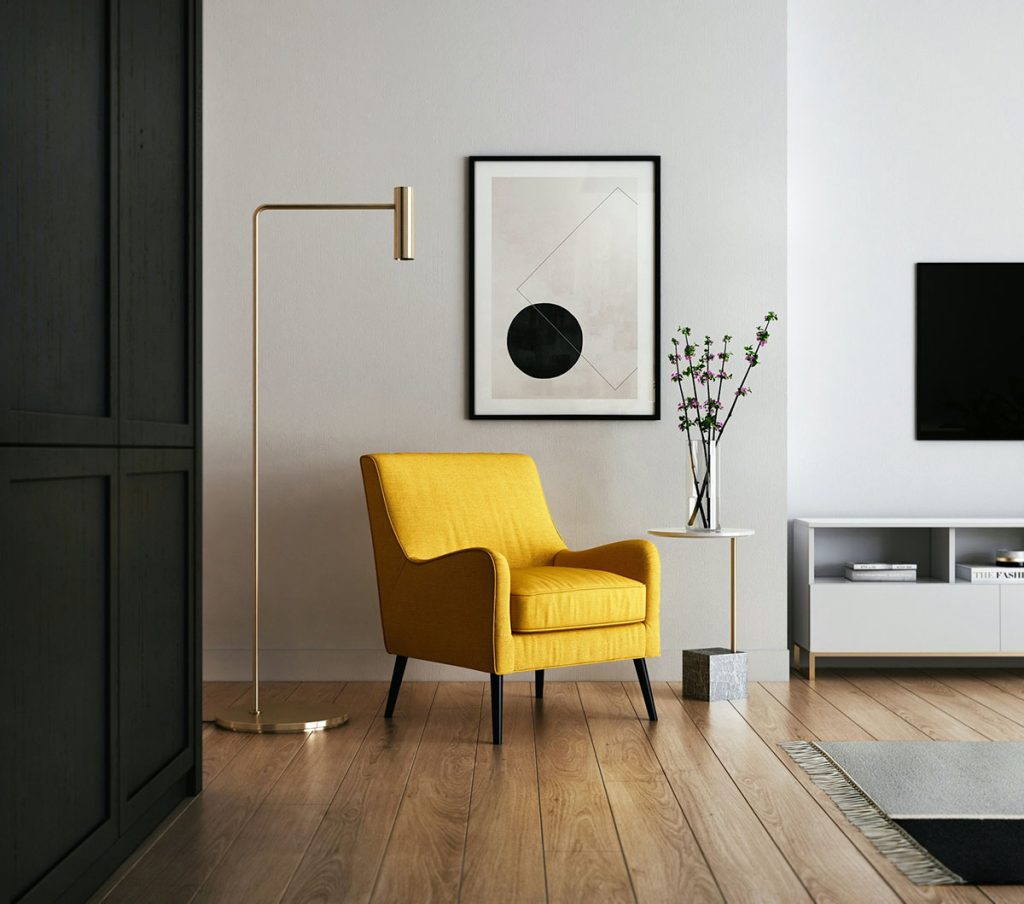
Investment Piece Philosophy
Minimalist fashion philosophy emphasizes quality over quantity, building wardrobes around perfectly crafted pieces that work across multiple occasions and seasons. This same approach creates minimalist homes featuring carefully selected furniture pieces that prioritize craftsmanship, materials, and timeless design over trendy appeal or decorative excess.
Each piece in a minimalist home should serve the same role as investment fashion pieces – providing long-term value through superior construction, classic proportions, and versatile styling potential that adapts to evolving needs without requiring replacement or major modifications.
Negative Space as Design Element
Fashion minimalists understand the power of negative space – the unadorned areas that allow key pieces to breathe and achieve maximum visual impact. Minimalist home design applies this same principle through strategic use of empty wall space, uncluttered surfaces, and carefully planned furniture arrangements that create visual calm and highlight architectural features.
This approach requires restraint and confidence, much like choosing to wear a simple white shirt with perfectly tailored pants rather than adding multiple accessories. The sophistication lies in what you choose not to include rather than what you accumulate.
Monochromatic Mastery
Minimalist fashion often relies on monochromatic color schemes that create sophistication through subtle variation rather than obvious contrast. Home applications include all-white spaces with varying textures, or neutral palettes featuring multiple shades of gray, beige, or cream that create depth through tonal variation rather than color contrast.
These monochromatic approaches require mastery of texture, proportion, and light to prevent spaces from feeling flat or boring. Success depends on the same skills that make monochromatic fashion appealing – understanding how different materials and surfaces interact to create visual interest within limited color parameters.
The Maximalist Home Through Fashion Lens
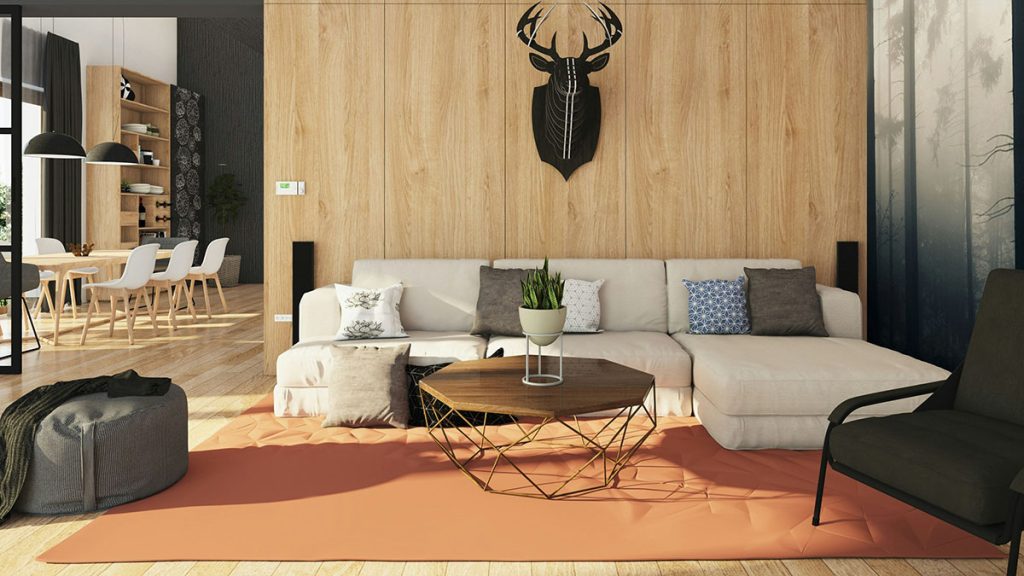
Layering Expertise Application
Maximalist fashion succeeds through masterful layering techniques that combine multiple pieces into cohesive, visually rich ensembles. The same skills translate into home environments where successful maximalism requires strategic layering of patterns, textures, colors, and decorative elements that create stimulating but harmonious environments.
Successful maximalist homes, like well-layered outfits, maintain underlying organizational principles that prevent chaos. Shared color threads, proportional relationships, and balanced visual weight distribution ensure that multiple elements work together rather than competing for attention.
Pattern and Color Confidence
Those who confidently mix patterns in their wardrobes possess natural abilities for creating maximalist interiors where florals might combine with geometrics, and bold colors create dynamic rather than chaotic environments. This confidence comes from understanding underlying design principles that make complex combinations successful.
Pattern mixing in homes follows the same rules as fashion pattern mixing – varying scales, maintaining color connections, and balancing busy areas with simpler elements that allow the eye to rest while appreciating overall complexity and richness.
Collected Aesthetic Development
Maximalist fashion often appears “collected” rather than obviously coordinated, suggesting personal history and individual taste development over time. Maximalist homes achieve the same feeling through careful curation of objects, artworks, and furnishings that tell personal stories while contributing to overall aesthetic coherence.
This collected approach requires patience and confidence, building environments that reflect personal interests and experiences rather than following prescribed decorating formulas or trend-driven purchasing decisions.
Hybrid Approaches and Personal Style Evolution
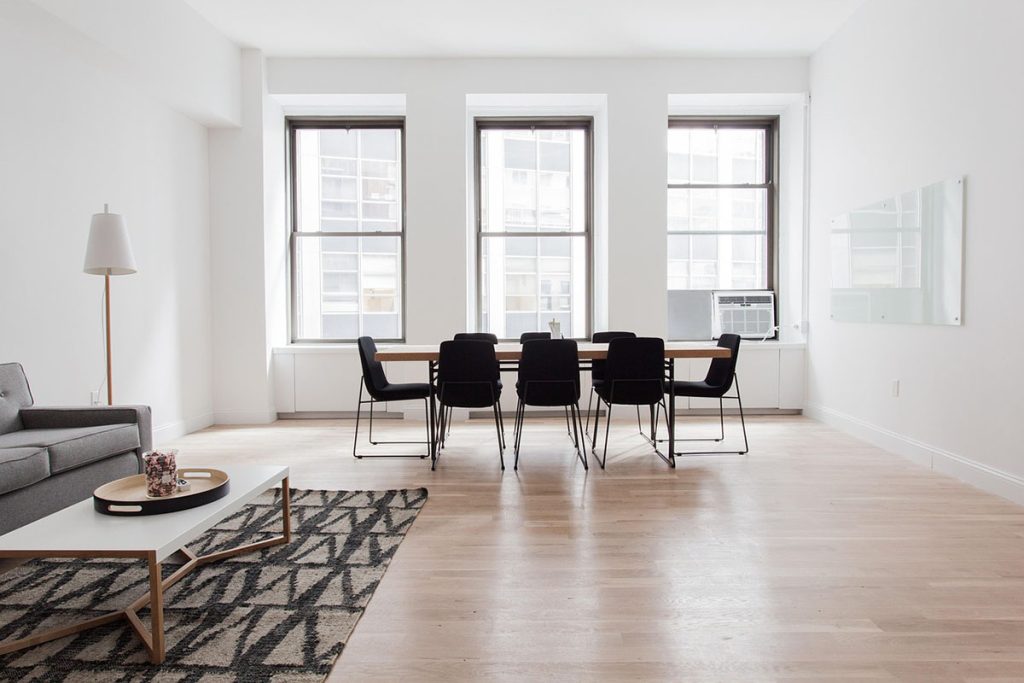
Mixing Minimalist and Maximalist Elements
Many fashion enthusiasts successfully combine minimalist and maximalist elements within single outfits – perhaps wearing a simple dress with bold, statement accessories, or combining a maximalist printed top with minimalist tailored pants. The same hybrid approach works beautifully in home environments.
Hybrid home styling might feature minimalist architectural elements enhanced by maximalist artwork, or maximalist textile combinations within minimalist spatial arrangements. These approaches allow personal style expression while maintaining livable, functional environments.
Seasonal Style Adaptation
Fashion wardrobes often shift between minimalist and maximalist approaches seasonally – embracing simple, clean aesthetics during spring and summer while adopting richer, more layered styling during autumn and winter. Home environments can mirror this seasonal evolution through rotating decorative elements.
Seasonal home adaptation allows exploration of both aesthetic approaches without committing to permanent decorating decisions, providing creative satisfaction while accommodating changing moods and lifestyle needs throughout the year.
Room-by-Room Style Variation
Just as fashion choices might vary between professional and casual settings, different rooms can embrace different aesthetic approaches based on their functions and personal associations. A minimalist bedroom might promote rest and calm, while a maximalist living room encourages creativity and social interaction.
This room-by-room approach allows multiple aspects of personality expression while maintaining overall home coherence through consistent quality standards, color relationships, or material choices that thread through different spaces.
Implementation Strategies for Style Clarity
Testing Your Natural Inclinations
Experiment with both minimalist and maximalist approaches in small ways before making major decorating commitments. Temporarily remove most accessories from a room to test minimalist feelings, or layer multiple textiles and decorative objects to explore maximalist comfort levels.
These experiments reveal genuine preferences versus theoretical attractions, helping identify the aesthetic approach that truly supports your psychological comfort and creative expression rather than following external trends or aspirational ideals.
Budget-Conscious Style Development
Whether pursuing minimalist or maximalist aesthetics, successful implementation requires strategic budget allocation that mirrors smart fashion shopping. Minimalist approaches might emphasize fewer, higher-quality pieces, while maximalist styles could focus on creative sourcing and gradual collection building.
Both approaches benefit from understanding investment priorities and developing personal style confidence that prevents expensive decorating mistakes or trend-chasing purchases that don’t align with authentic aesthetic preferences.
Professional Development Timeline
Like developing personal fashion style, creating authentic home aesthetics requires time, experimentation, and gradual refinement. Allow style evolution rather than expecting immediate perfection, building environments that grow more sophisticated and personally meaningful over time.
Document successful combinations and note which elements consistently bring joy and comfort, developing personal style vocabulary that guides future decorating decisions while supporting authentic self-expression through environmental design.
Frequently Asked Questions
Q: Can I have a minimalist living room and maximalist bedroom in the same home?
A: Yes, different rooms can embrace different aesthetics as long as they’re connected through consistent quality standards, color relationships, or material choices that create overall coherence.
Q: How do I know if I’m naturally minimalist or maximalist if I like both styles?
A: Look at your most comfortable, instinctive fashion choices and living spaces – the combinations you choose without external influence reveal your natural aesthetic inclinations.
Q: Is it expensive to achieve either minimalist or maximalist home style?
A: Both can be achieved on various budgets – minimalism through strategic investment in fewer quality pieces, maximalism through creative sourcing and gradual collection building.
Q: Can my home style preference change over time like fashion preferences do?
A: Absolutely, personal style naturally evolves with life experiences, age, and changing lifestyle needs – allow your home aesthetic to grow and adapt accordingly.
Q: What if my partner has different style preferences than I do?
A: Find shared elements like color preferences or quality standards, then create spaces that blend both approaches or designate different areas for different aesthetic expressions.
